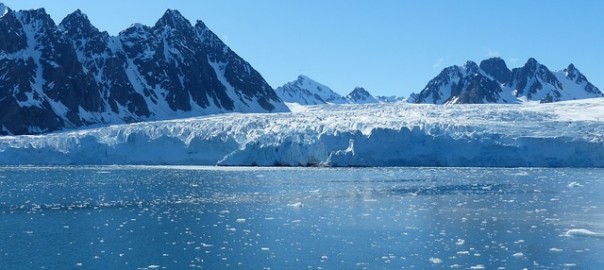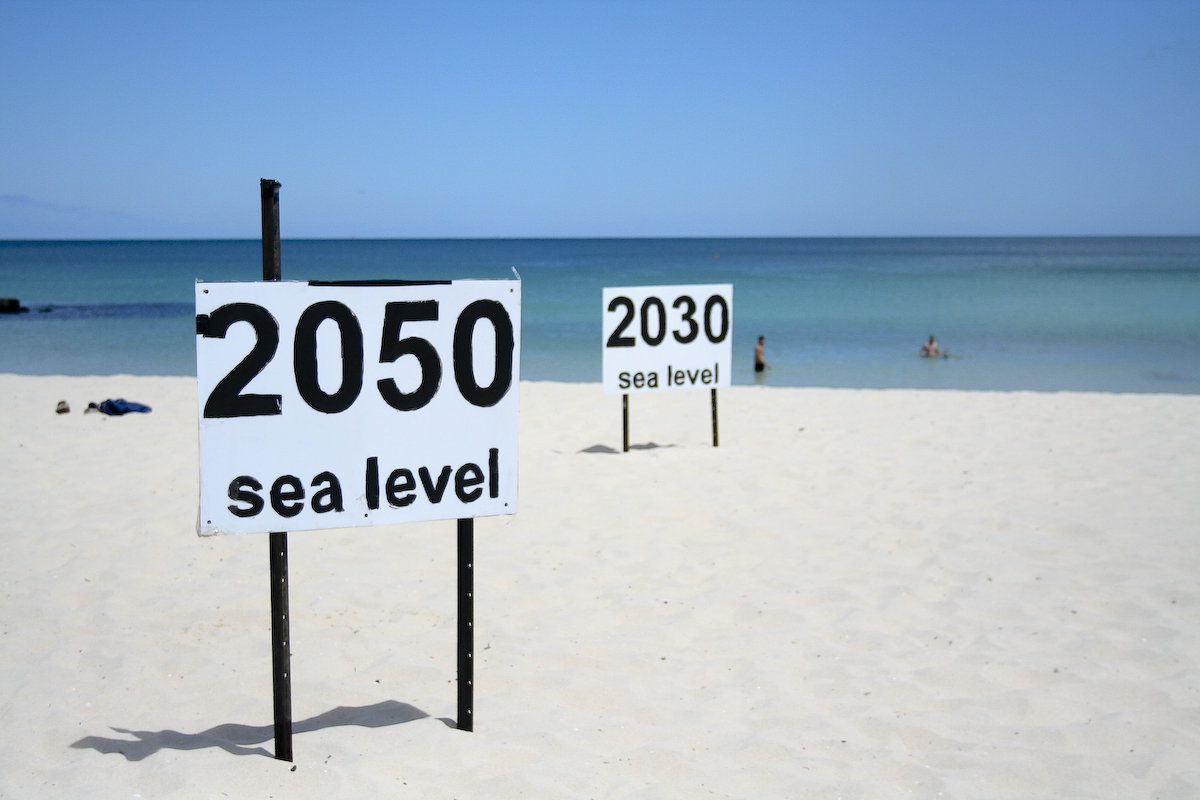Scientists studying the past changes in sea level have found out that the rise in sea levels due to melting glaciers around the poles is affecting the rotation of the earth on its axis. As the Earth slows down, the length of the days are increasing.
“In order to understand the sea-level change that has occurred in the past century, we need to understand the dynamics of the flow in Earth’s core,” said Mathieu Dumberry, a professor in physics. The connection is through the change in the speed of Earth’s rotation.
How Can Days Become Longer?
The length of a day is calculated by the amount of time the Earth takes to complete one rotation. Scientists found that when polar ice melts, it increases the sea water. This also shifts the mass from the pole to the equator making the earth rotate slower than before. The gravity pull of the moon also plays a role in slowing down the motion of the earth. With the two effects combined, the lengths of the days are increasing.
However, it must be noted that though the change is happening, it isn’t something that can be easily noted right now. The researchers suggest that in a century, the length of a day would be 1.7 seconds more.
More Related Stories,
By 2080 Climate Change May Eat Away Most Plants And Animals
Indian Birds Need Help To Combat Climate Change
What Are You Doing About Climate Change?






